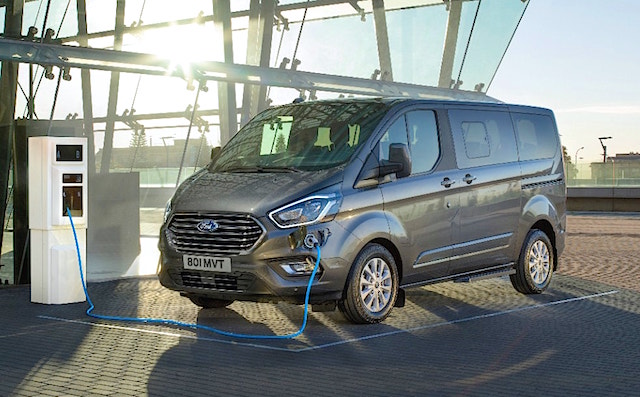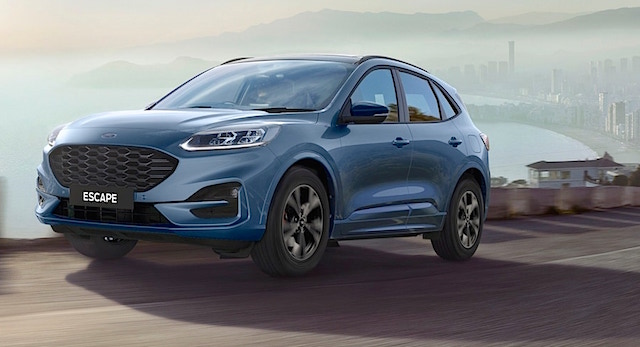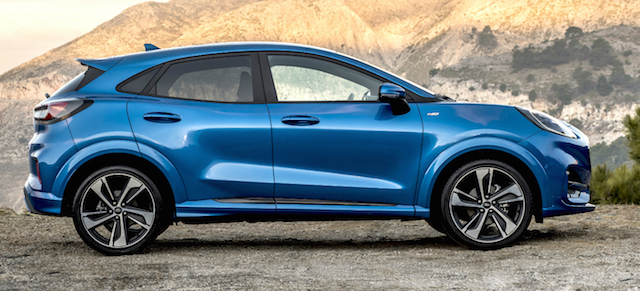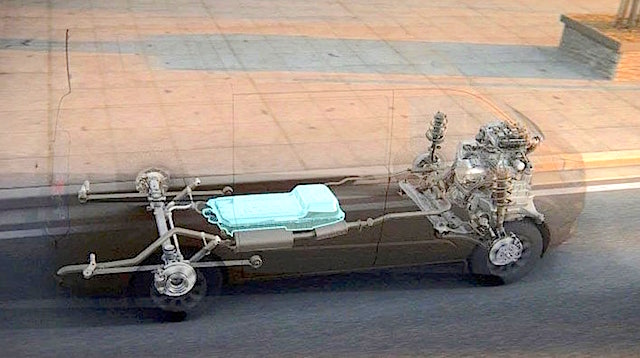
You could smell during the Covid-19 lockdown earlier this year the absence on New Zealand roads of fossil-fueled vehicles and their exhaust pipes.
Pretty much overnight the country’s air had become cleaner. NIWA – the National Institute of Water and Atmospheric research – said so. Its diagnostic equipment kept sniffing the air non-stop.
NIWA’s declarations alone should be climatic evidence enough (as if it is still needed!) for government and private companies to add electric vehicles (EVs) of one type or another to their fleets.
Politicians of all hues continue to say they are excited about future plans for EVs. But the future is now and the numbers show the politicians could be accused of hiding behind the three sentences that Homer Simpson swears will get you through life:
- Cover for me.
- Oh, good idea, boss.
- I was like that when I got here.
At last count the overall Government fleet totalled around 15,700 vehicles, split roughly 62 per cent petrol, 37 per cent diesel … and 0.5 per cent EVs. For want of a number, that’s a meagre 80-something EVs.
Little wonder, then, that Ford New Zealand – already a supplier of commercial vehicles to Government and private fleets – is talking to anyone who will listen about its initial wave of EVs.
Stage one of the electrification over time of Ford’s vehicle line-up comprises four plug-in hybrid (PHEV) models: two Transit vans and two Escape SUVs, each with four driving modes – EV Auto, EV Now, EV Later, EV Charge – for varying conditions.
The new Transits are among the commercial models Ford is looking to help steer its way out of the sales slump caused by Covid-19. About 75 per cent of Ford’s overall sales in the past few years have been commercials, led of course by the country’s number one selling vehicle, the Ranger ute.
“Ranger has been so strong it’s overshadowed our other vehicle lines,” said Ford NZ managing director Simon Rutherford. “But having said that we are seeing a resurgence of passenger vehicles. For example, the run-out of Escape is doing well.”
There are five models in the new Escape SUV range – two plug-in hybrids and three petrol-only examples. Why so many? The “passenger resurgence” has become a priority for Ford: 13 of the top 15 best selling passenger vehicles in New Zealand are SUVs … and not one of them is a Ford.
The two front-wheel-drive hybrid Escapes use identical powertrains: a 2.5-litre four-cylinder Aitkinson Cycle petrol engine and a 14.4kWh battery pack that produces a maximum 167kW at 6250rpm. The base model costs $60,990 and the top ST Line X $66,990. Gearbox is an eCVT.
Ford claims a best in fuel use for the PHEV Escape of 1.5-litres/100km, helped by its ability to travel a maximum 56km on battery power alone. It also says the PHEV Escape emits a clean burning 33 grams/km of CO2.
The three petrol-powered Escapes each run a 2.0-litre Ecoboost engine generating 183kW/387Nm and mated to an eight-speed auto. The entry-level model ($42,990) is front-wheel drive. The ST Line offers the choice of drivetrains – front-drive ($47,990) and all-wheel drive ($50,990). The ST Line X ($55,990) is all-wheel drive only.
The powertrain in the Transit cargo van ($89,990) and eight-seat Transit Tourneo coach ($99,990) comprises a 13.6kWh lithium-ion battery pack, a 93kW/350Nm electric motor and a 1.0-litre petrol engine.
The three-cylinder petrol engine is a passenger of sorts, just along for the ride. The electric motor is the one that drives the van’s front wheels. The petrol donk serves as a range extender, automatically kicking in when needs be to keep the battery pack and electric motor working as one.
Fully charged, the battery pack alone gives Transit a range of 50km. Add a full tank of gas and the van’s working range pushes out to around 500km. The PHEV Transit has a payload of 1130kg and a load capacity of six cubic metres.



